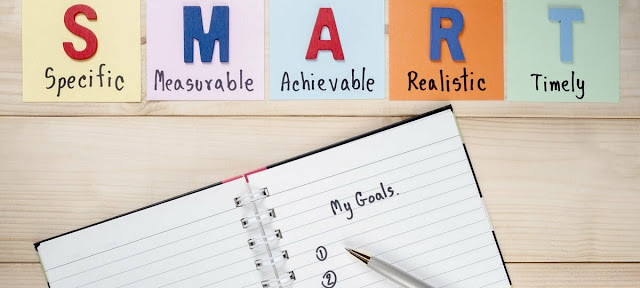25 Social Stories To Use in the Mainstream Classroom
“The most interesting people you’ll find are ones that don’t fit into your average cardboard box. They’ll make what they need, they’ll make their own boxes.” – Dr. Temple Grandin
Social stories are short stories written for children with an autism spectrum disorder (ASD). Children with ASD find social situations very challenging, as they find it difficult to interpret the non-verbal communication of the situation they are in. Social stories help manage change and reduce anxiety issues for students with ASD by explaining how to behave in a specific social situation. They prepare the student for what is going to happen, what they should do in a particular situation and how they (or others) might be feeling.
Social Skills
Social skills have varying expectations and constantly change; they depend on the social situation, people or places involved. Students with ASD need to be taught specific social skills and appropriate behavior for each social setting they might encounter.
Most children with ASD are unable to transfer the knowledge of one social situation to the next. Each social skill needs to be taught independently of the other, according to the needs of the individual. Students with ASD also find it difficult to interpret facial expressions, body language and tone of voice. These social skills also need to be specifically taught.
Using social stories is a highly useful strategy for teaching children with ASD the non-verbal communication skills and behavioral expectations of a range of social situations.
Social Stories
Social stories describe social situations or concepts in a layout that is clear and meaningful for children with ASD. The social story helps guide the child through a social situation that they are having difficulty managing. The social story helps them to gain a better understanding of the situation and enables them to learn how to respond or behave appropriately in that situation.
Social stories are written in the first person, with the child as one of the key characters. The story should be individualised for the person involved and relevant to their life. To make it more meaningful, names and images of known people or places can be included.
Social stories must be read to the student prior to the social event occurring. While reading, it is important to stop and check that they comprehend the story, understand the events and recognise the non-communication cues (including feelings) that are occurring in the story.
Repetitiveness is important for children with ASD. The target social story should be read each time the target event occurs. When behaviors improve, the story should be slowly faded out.
For social stories to make an impact, they should be accurate, use positive language and be read at the appropriate time.
25 Social Stories for the Mainstream Classroom
At Teach Starter we have created 25 generic social stories to use with your class and the children with ASD. These social stories cover a range of situations from the classroom to the playground. They can be taught to individual students or the whole class. Students can demonstrate their understanding of the social story by completing one of the Social Story Activity Cards.
Want to create your own social stories to target individual needs? We have also created 9 templates with 81 social story pictures (characters, emotions and scenes).




Comments
Post a Comment